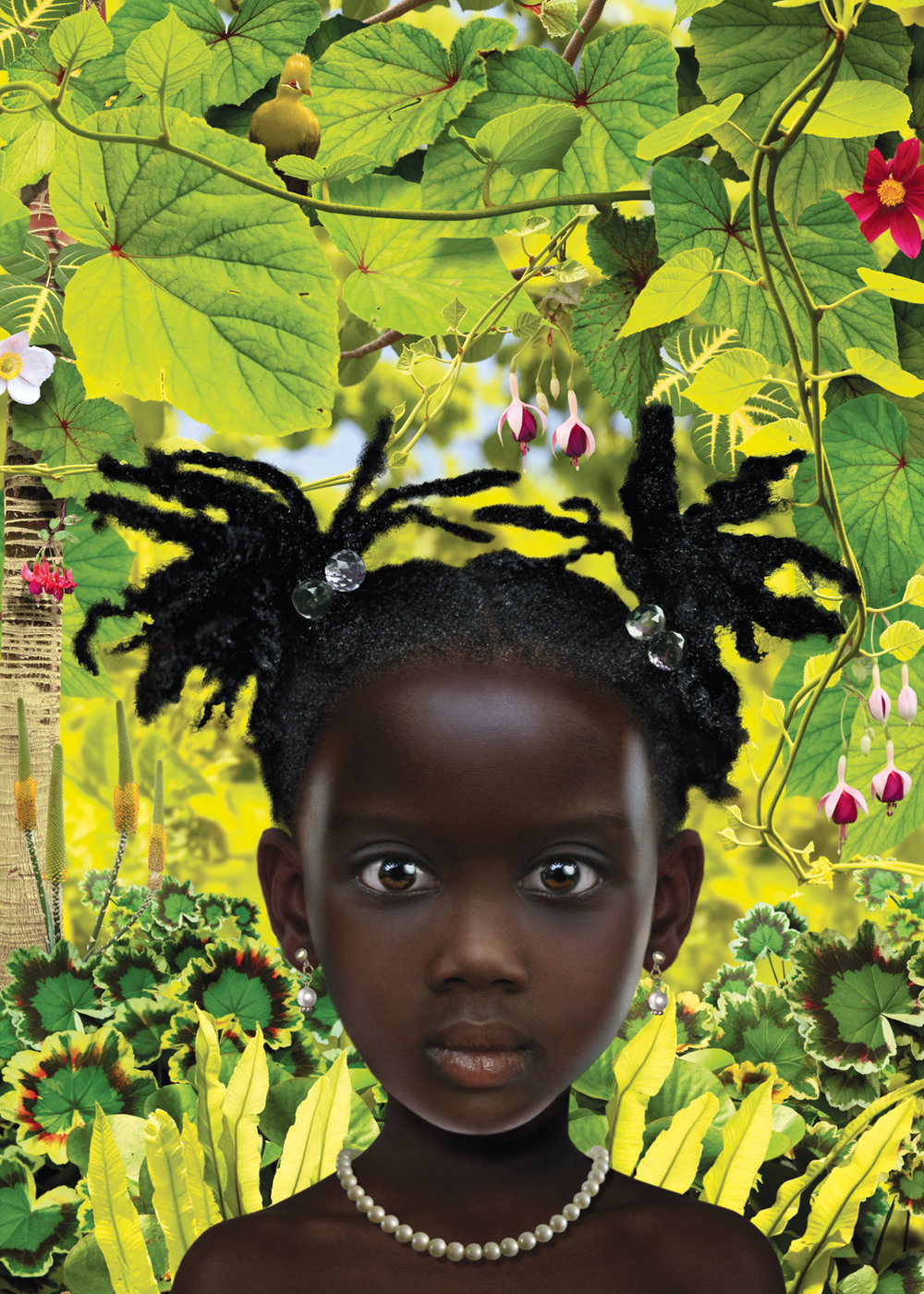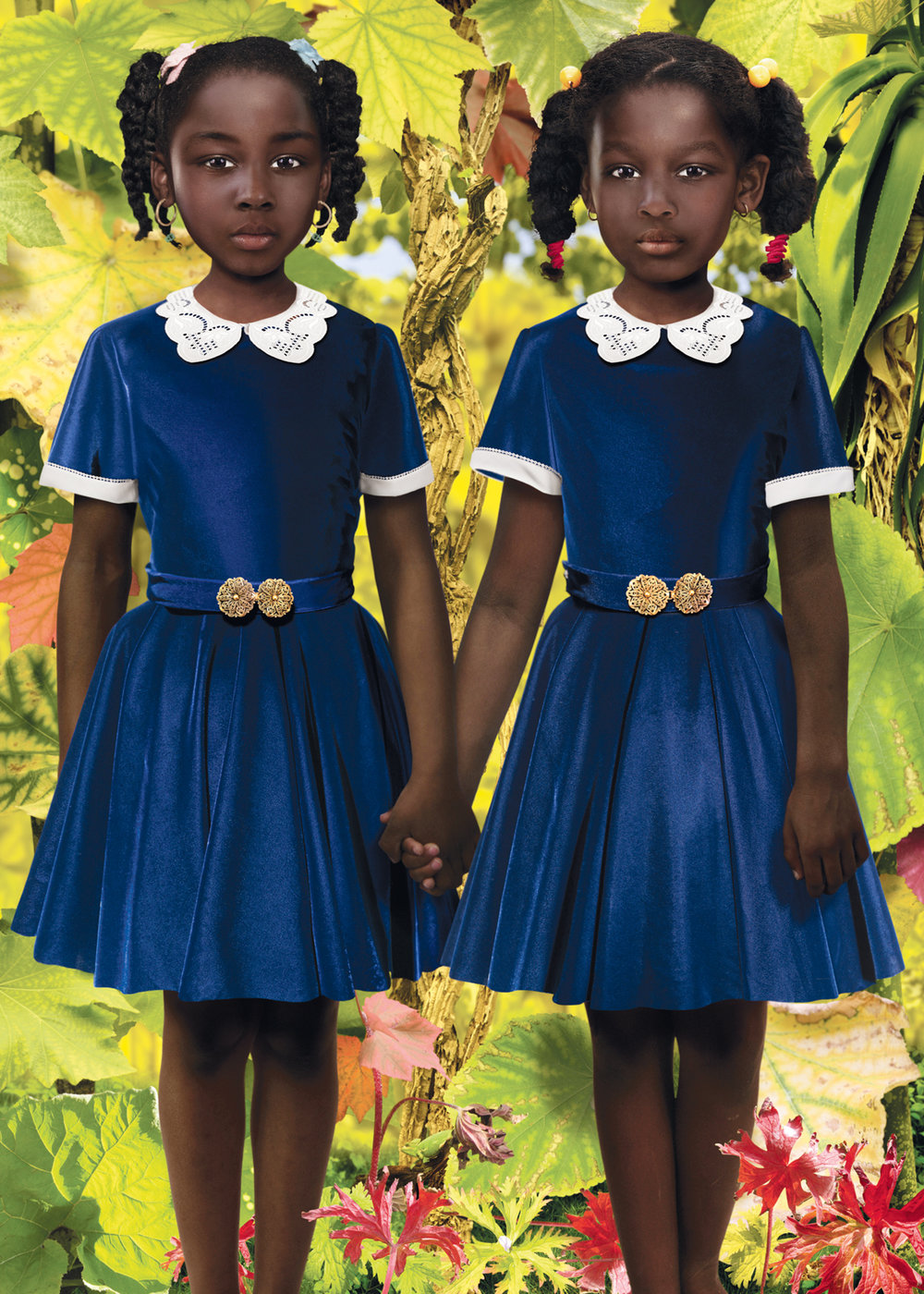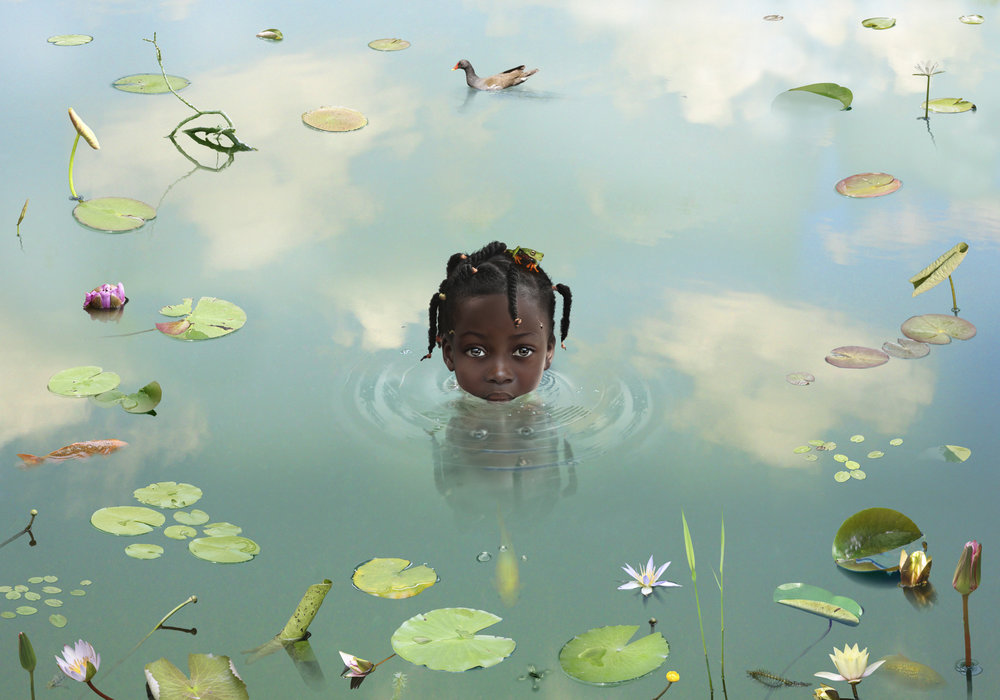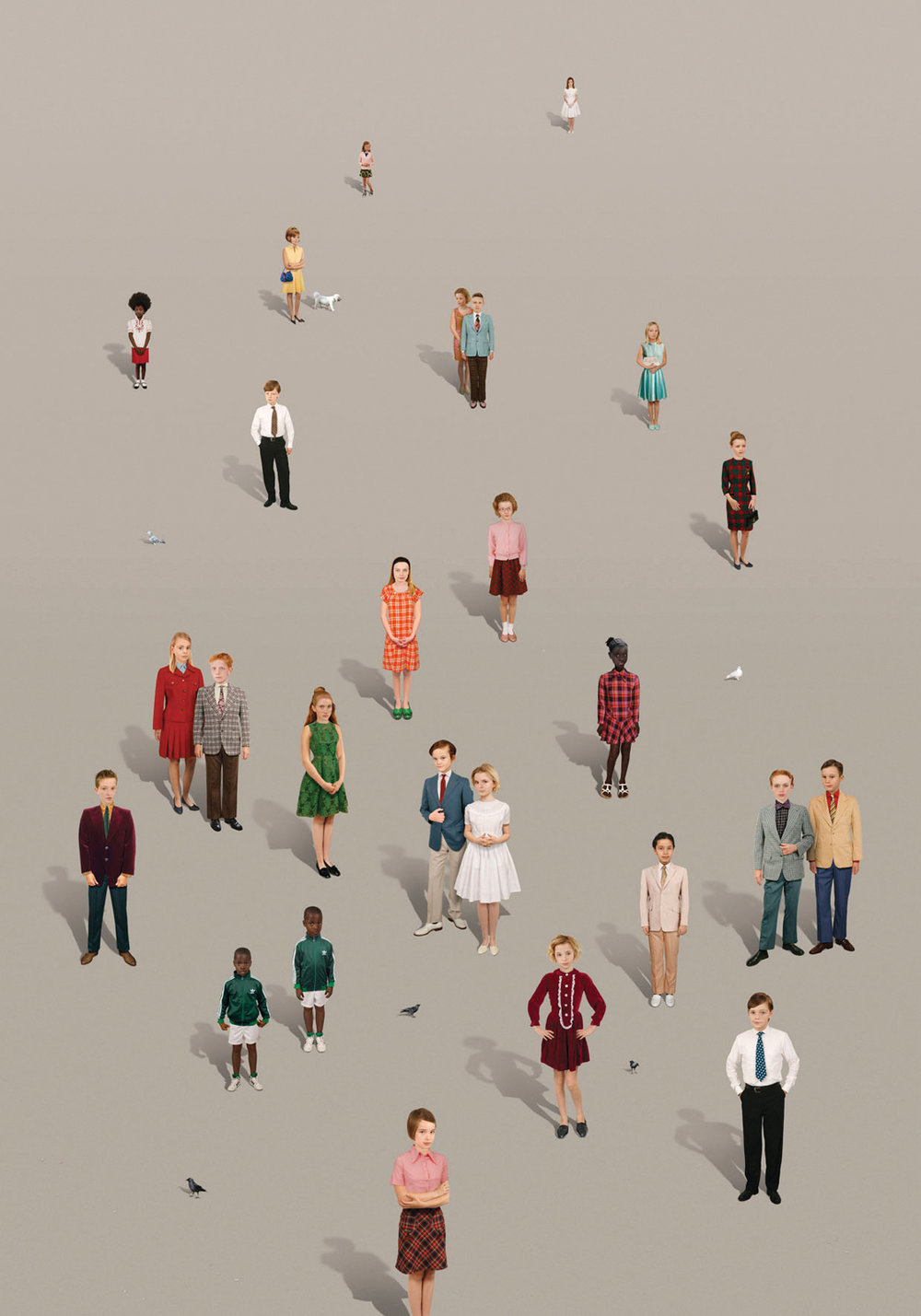RUUD VAN EMPEL - REAL BEAUTY
REAL BEAUTY
Dutch artist Ruud Van Empel creates photographic images that come across as both idealistic and realistic, and yet they really are collages painstalkingly constructed out of thousands and thousands of snapshots. Life has been busy or late for the 54-year-old. In late 2011, his latest book Ruud Van Empel, photo works 1995-2010 was published, while currently the San Diego museum of photographic arts hosts a major retrospective of his work. Plastik talked with Van Empel about his world and work, his views and visions.
“Yes, traditional photography will always be there. I cannot imagine my way of working, which is highly complex, would be the future of photography.”
Ruud let us start with the latest book. In what sense is this one different than the previous ones?
"This publication shows new work made between 2009 and 2011. It is also the catalogue of my oeuvre-exhibition that took place at the
Groninger Museum from September 10 to November 27, 2011."
You use a very special technique to create your photographic images. Real as they may seem, they are all constructed from thousands of tiny snapshots. Could you tell us bit more about the process?
I take a lot of digital photos from models inside my studio and, outside, from all kinds of forms and shapes of nature. These files are put in a database, from which I work when I start doing a montage. First I sketch my idea and then I make a piece, which takes some two to four weeks for a medium size work. Really large works like Wonder took me 3 months. Sometimes the montage goes into every little detail. So the eyes can consist of six separate montages. The faces too are always montages so are the bodies. I try to create a realistic image that is totally montaged."
You once said in an interview that realism - life as it really is - is a very important aspect of your work, and yet your images are digitally mastered. How do you explain this apparent paradox?
"Yes, it is a paradox, but I suppose it doesn't mean that, though I like realism, I have to work realistically in photography. I mean I don't have to work as a documentary photographer. I myself am not interested in making documentary photographs. I like to look at them, but when I start making my works I like to construct things. I like to create my own reality."
In one of your most famous series, the world, we see beautiful, often black children in a heavily environment. It seems to me you aimed to express a notion of innocence and paradise. To what extent can your work, also, be called naive?
"I suppose the limitations of Photoshop, in combination with the technique I developed, sometimes give a naive character to my work. But it can also be a matter of taste. Hyperrealism for example, is not my thing. I like it more when the image is not entirely perfect and when it has a personal touch, so there is more room for mystery and more left to the imagination of the spectator."
The black and white office series somehow reminded me of George Orwell and H.G WELLS. What was the idea behind this series?
"The office was my first series in which I tried to say something about a person by strongly showing his environment. That's why the objects are so large. The image here is still made in a more traditional way of collage-making. And the people do not have any expression. They do not tell you anything. It all has to come from their environment, their office, their self created reality."
Do you remember the first photograph you ever took?
"I am afraid not..."
How and when did you consider becoming a photographer?
"Art critics do not always see me as a photographer, but more as a contemporary artist. Especially in th Netherlands this is an issue, because the montage process is so important they claim it is not photography. In the US, they say the exact opposite. They tell me it is part of a photographic tradition as old as the medium itself. Oscar Gustave Rejoinder and H.P.Robinson have been working with montage to create a new image since my time in art school (1976-1981) and have made photomontages since the early eighties."
Do you think the digital rendering of images is the future of photography? Or will traditional photography will always have a place alongside?
"Yes, traditional photography will always be there. I cannot imagine my way of working, which is highly complex, would be the future of photography."
You studied at the St. Joost Arts Academy in Breda, first painting, I believe, then photography. Why the change?
"No, I only studied graphic design, and graduated in that."
Do you think it is an absolute must for young aspiring photographers to attend art school?
"No, not really. If you are an artist, that will always come out at some point in your life and prove itself. Still, there is a lot to learn at art school, and it is a lot of fun. I can recommend it to anyone. I had a great time."
Young photographer, artists may at times feel a little discouraged, especially by the way notion that "everything has been done". What is your opinion on the latter? And what words of advice do you have for young aspiring artists/photographers?
"Yes, they say everything has been done. But has it been done your way?" is the question you should ask yourself. And in the end, this issue of originality is it really that important? Dutch art historian Diderik Kraaijpoel claims that there have been no new ideas in art since 1925. Think about that It is all a repetition of the same ideas ever since, but done by different people, who added there personal touch. I would advise young artists/photographers to follow their hearts."
Which photographers do you greatly admire?
" August Sander, Mike Disfarmer, Norbert Ghisoland, Claude Cahun, Cindy Sherman, Evelyn Hofer, Morton Barlett."
What makes a good photograph?
"I really don't know. It can be different every time. In my case, the composition is very important, and it has to look convincing,it has to look real."
INTERVIEWED BY PETER SPEETJENS




